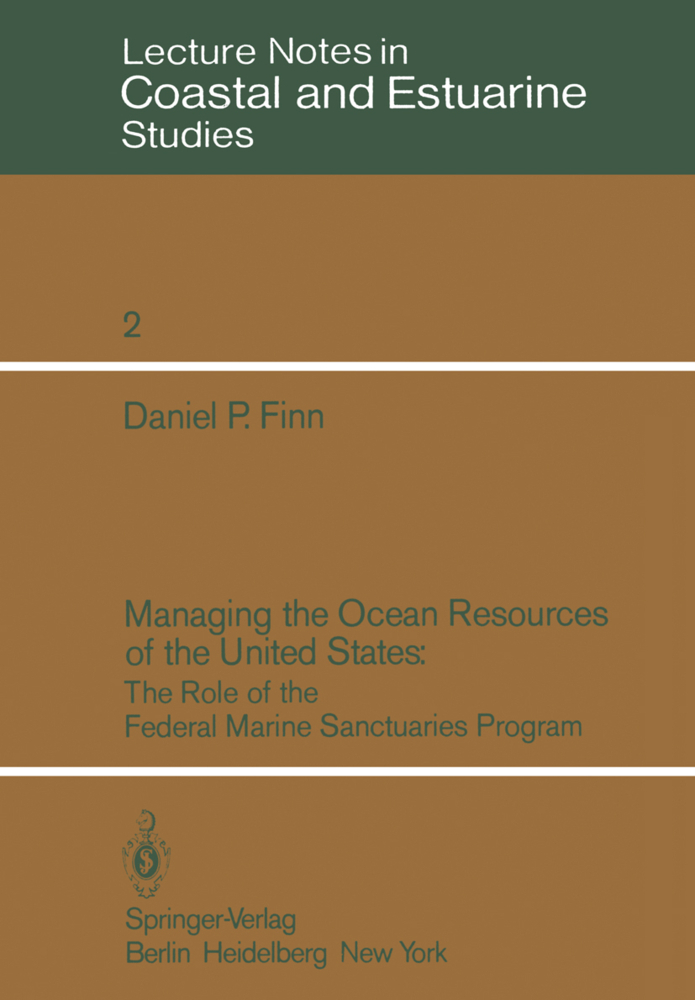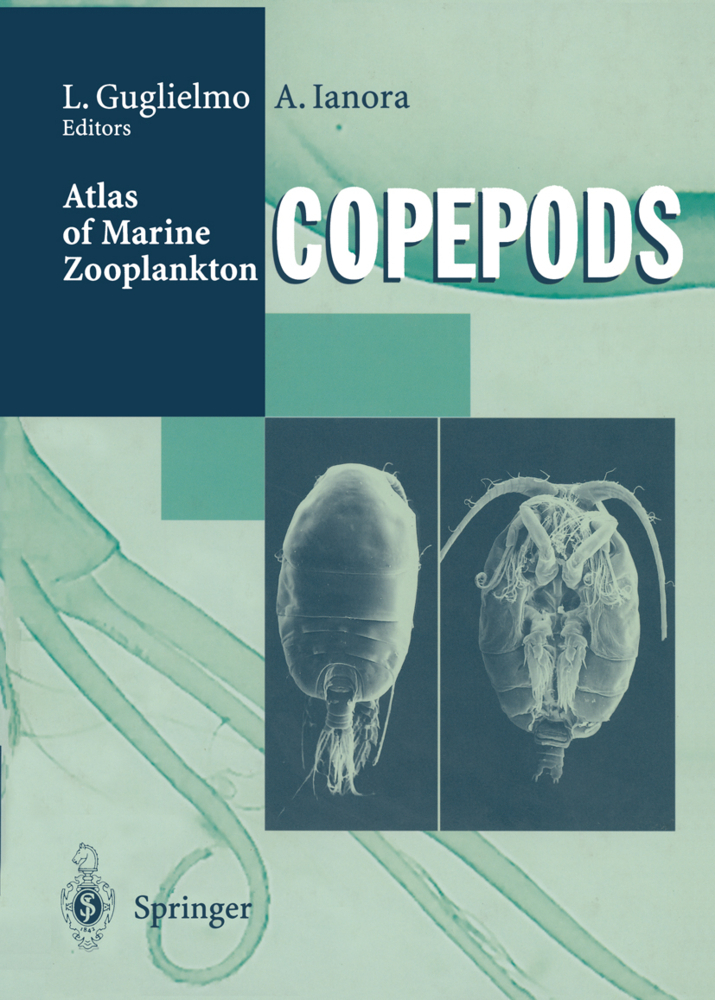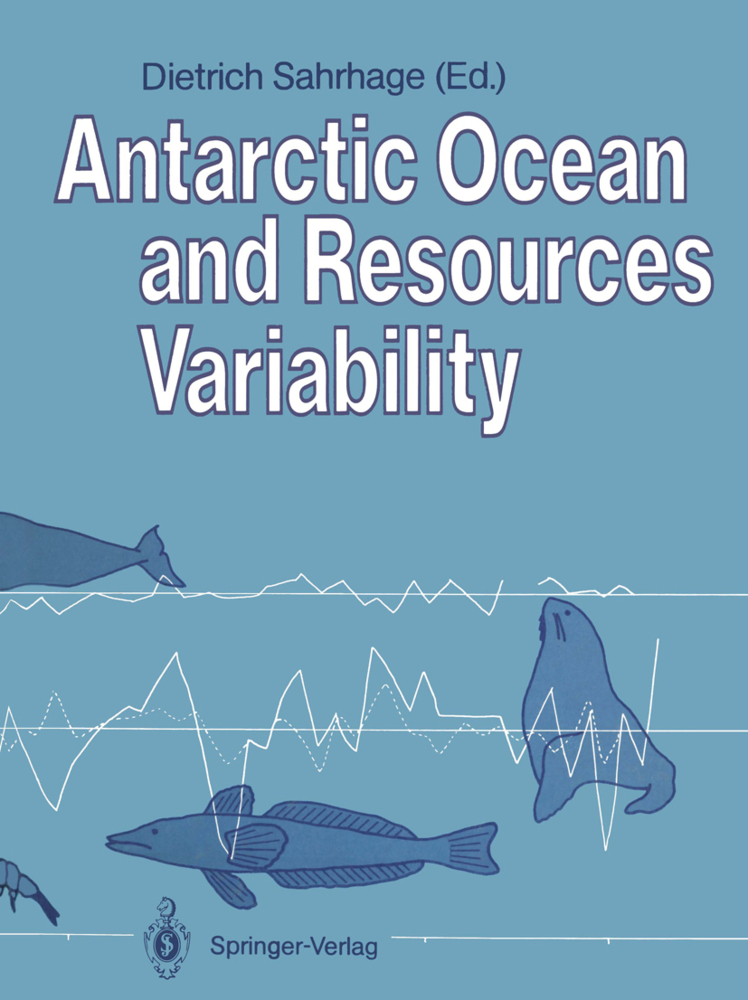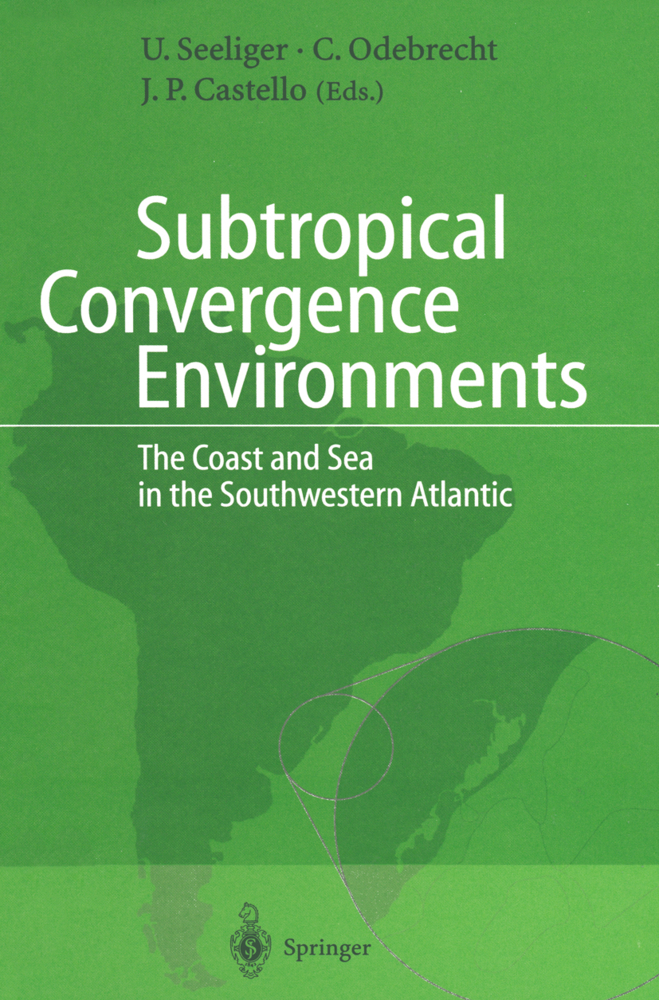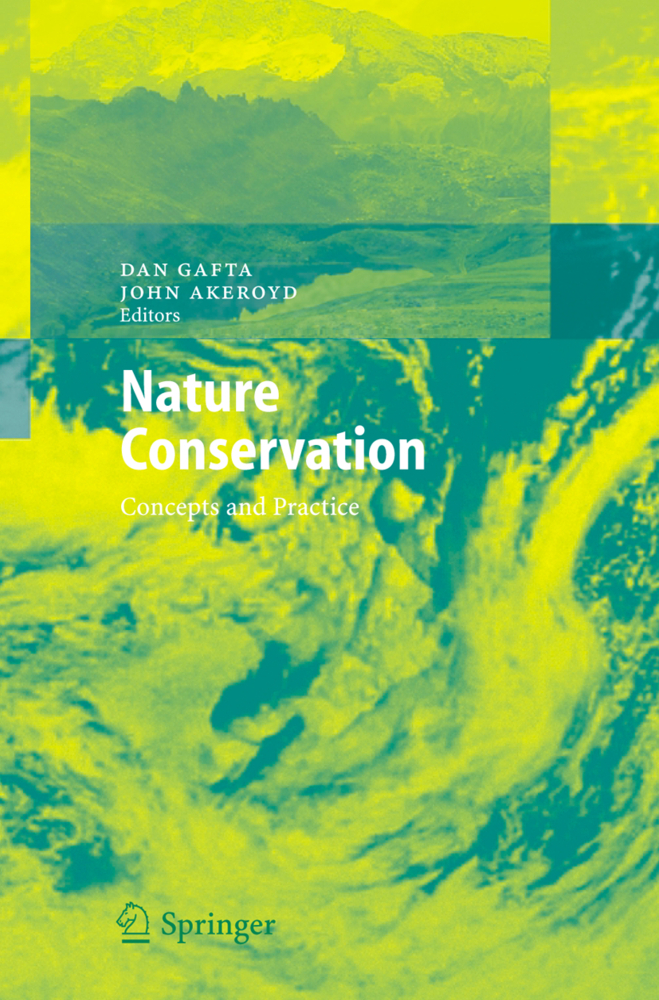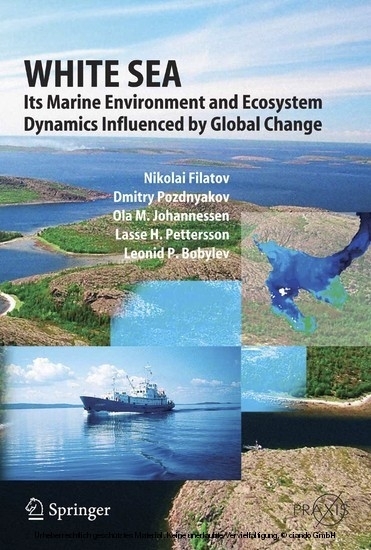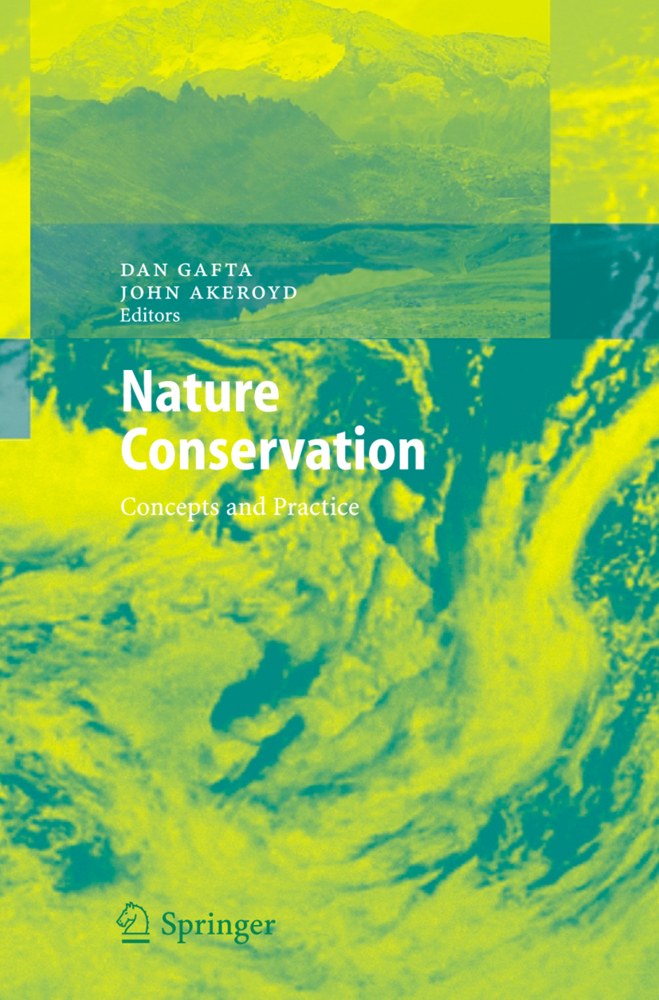Managing the Ocean Resources of the United States
The Role of the Federal Marine Sanctuaries Program
Managing the Ocean Resources of the United States
The Role of the Federal Marine Sanctuaries Program
Federal programs applicable to the oceans and coastal zone have evolved incrementally in response to perceived needs to expedite emerging mari time development while conserving valuable marine resources. As a re sult, the current federal marine effort is divided among a plethora of programs administered by a number of agencies within different Depart ments. The programs themselves are conducted under the authority of multiple statutes with varying reaches and objectives: as a result they often overlap and conflict. There is no assurance, moreover, that the coverage of federal programs is complete in scope or comprehensive in conception. No single institutional device can ensure that these pro grams will manage the marine resources of the United States consistent ly and comprehensively, so as to derive maximum public benefit. While the present maze of statutes, regulations, and executive directives may in theory provide opportunities for a wide-ranging consideration of all relevant factors prior to making specific decisions, there can be no guarantee that this objective is realized either systematically or rea sonably effectively. Recent political developments indicate that the structure of federal marine programs will continue to be subject to scrutiny for some time. President Reagan's emphases on economic deregulation and development of outer continental shelf (OCS) oil and gas resources may lead to stream lining the OCS leasing and permitting process and altering the execu tion of the federal multiple use policy for marine areas.
A. Conflicting Statutory Policies and Programs - OCS Oil and Gas Lease Sale No. 42 (Georges Bank) of the Department of the Interior
B. Overlapping Regulatory Authority - The Santa Barbara Channel and the Channel Islands
C. Gaps in Statutory Authority to Manage and Protect Outer Continental Shelf Resources - Historical Objects and Living Resources
III. Interagency Coordination for the Management of marine Resources
A. The Sructure of Federal Marine Programs
B. Problems in Interagency Coordination for Marine Resources Management
IV. The Marine Sanctuaries Program
1. Inherent Problems
2. History and Past Management
3. Political Factors
4. Organizational Considerations
V. The Role of Designating Marine areas for Special Management
1. Broadened Institutional Perspective
2. Interagency Accommodation and Executive Coordination
3. Public Participation
4. Management Advantages
5. Facilitation of New Uses
6. International Considerations
7. Intergovernmental Coordination
8. Regulatory Flexibility
VI. Recommendations and Conclusions
A. Recommendations for the Design and Implementation of the Special Area Designation Process
B. Conclusions
Notes
Alphabetical List of Major References.
I. Introduction
II. Case StudiesA. Conflicting Statutory Policies and Programs - OCS Oil and Gas Lease Sale No. 42 (Georges Bank) of the Department of the Interior
B. Overlapping Regulatory Authority - The Santa Barbara Channel and the Channel Islands
C. Gaps in Statutory Authority to Manage and Protect Outer Continental Shelf Resources - Historical Objects and Living Resources
III. Interagency Coordination for the Management of marine Resources
A. The Sructure of Federal Marine Programs
B. Problems in Interagency Coordination for Marine Resources Management
IV. The Marine Sanctuaries Program
1. Inherent Problems
2. History and Past Management
3. Political Factors
4. Organizational Considerations
V. The Role of Designating Marine areas for Special Management
1. Broadened Institutional Perspective
2. Interagency Accommodation and Executive Coordination
3. Public Participation
4. Management Advantages
5. Facilitation of New Uses
6. International Considerations
7. Intergovernmental Coordination
8. Regulatory Flexibility
VI. Recommendations and Conclusions
A. Recommendations for the Design and Implementation of the Special Area Designation Process
B. Conclusions
Notes
Alphabetical List of Major References.
Finn, Daniel P.
| ISBN | 978-3-540-11583-0 |
|---|---|
| Artikelnummer | 9783540115830 |
| Medientyp | Buch |
| Copyrightjahr | 1982 |
| Verlag | Springer, Berlin |
| Umfang | X, 196 Seiten |
| Abbildungen | X, 196 p. |
| Sprache | Englisch |

